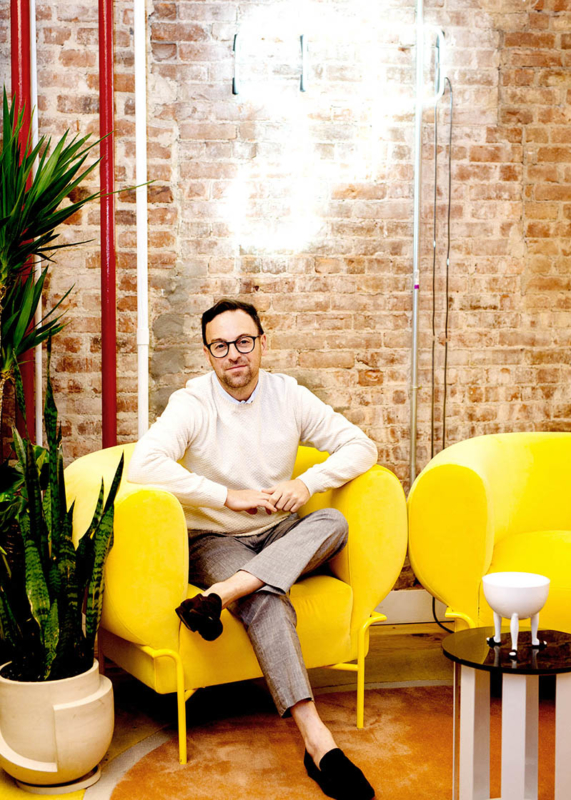Years before Instagram rose to prominence, Brandon Perlman saw the writing on the wall: Digital media was disrupting the way we consume stories. While working at glossy magazines, he was an early digital champion. “[I could] see how you could make content with a capital C outside of a magazine,” he says.
Today, as founder and CEO of Social Studies, Perlman is on the cutting edge of social media marketing. “I think we’re in this moment right now where everything is essentially content, but also every piece of content has the ability to sell,” he says.
Social Studies (née “The Gramlist”) is an agency that connects brands with influencers, using their own technology to measure audience engagement and reach. With a team of 20, a new headquarters by WeWork space in New York, and a client roster that includes Panera and Hilton, Social Studies is on the cutting edge of social media strategy. Their practice takes a diversified approach to helping brands broadcast their message to new audiences via social media, using a blend of influencers and micro-influencers—which might be the future of the industry.
Here, Perlman walks through his approach to social media success. But first, some basics:
What is a micro-influencer?
Social Studies defines a micro-influencer as an Instagram account with an audience of 2,000 to 100,000 followers. From there, they also consider factors like the quality of the content, geography, category, life stage, past partnerships with brands, and the type of content (photography vs. video). Examples include HerCampus cofounder Annie Wang and Infatuation cofounder Chris Stang.

How is a micro-influencer different from an influencer?
It’s mostly about the numbers, Perlman explains. Influencers tend to have more than 100,000 followers, and many work closely with brands on partnerships and sponsored content. But keep in mind that sometimes a micro-influencer can grow their audience so much that they suddenly make the jump to influencer status.
How can a micro-influencer be a better partner for a brand than an influencer?
Micro-influencers can be better if your brand is looking to reach a specific audience—such as, say, millennial moms. Working with a handful or more of carefully selected content creators yields more content assets, which in turn reaches new and diverse audiences over a specific time frame rather than a one-and-done #sponsored partnership from an influencer.
Three essential tips for social media success
Perlman shares his best advice to any brand endeavoring to increase their social media footprint.
1. Identify your goals.
First, ask yourself why you want to expand your social media profile in the first place. Is it sales? Downloads? Filling a room for an event? Or are you looking for legitimacy through influencer recommendations? “If you align with the right influencer or content creator, not only does that individual give your brand a level of legitimacy, but they also create unique pieces of content that a brand can use to tell a very compelling visual story,” Perlman says. Start simply by figuring out what it is you want to get out of your brand’s social media account.
2. Look around at the competition, then do you.
“If you’re starting a new brand, or even if you’re a legacy brand, look at who’s disrupting the space either in front of you or behind you. Look at what they’re doing and see if that content resonates with you,” Perlman says. Observe their aesthetic, vibes, and the feeling you get when you look at their account—and see what content gets the most likes. “Really look around and evaluate: What’s working, what do I want to emulate, and where are my opportunities to diversify?” he advises.
3. Bigger isn’t always better.
Name a few social media accounts and personalities you’d like to align with your brand—think big and small. If you’re interested in big influencers, ask yourself if and how they are a match for your brand. “There’s always value in working with someone huge,” Perlman says. “If somebody is huge, they’re a personality. You just need to make sure that their personality is additive to the brand.”
Going small has its advantages. “We say, ‘Why work with one big person when you could work with 50 smaller people and get the same reach at the end of the day?’” he explains. “You’re getting 50 diversified voices, aesthetics, audiences, geography—and 50 times the amount of content.”
Julie Vadnal is a writer and founder of the newsletter JULES. Her work has appeared in Cosmopolitan, Elle, Esquire, Glamour, and Real Simple. Follow her on Instagram.







